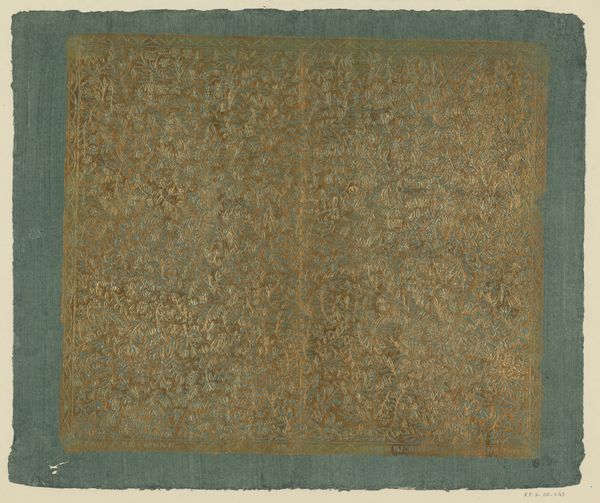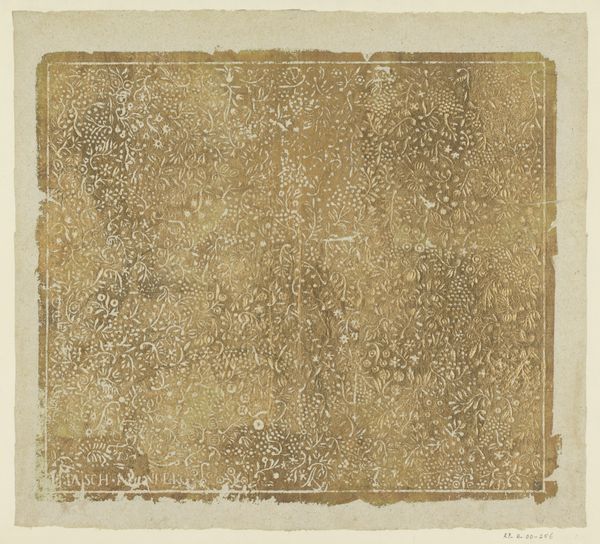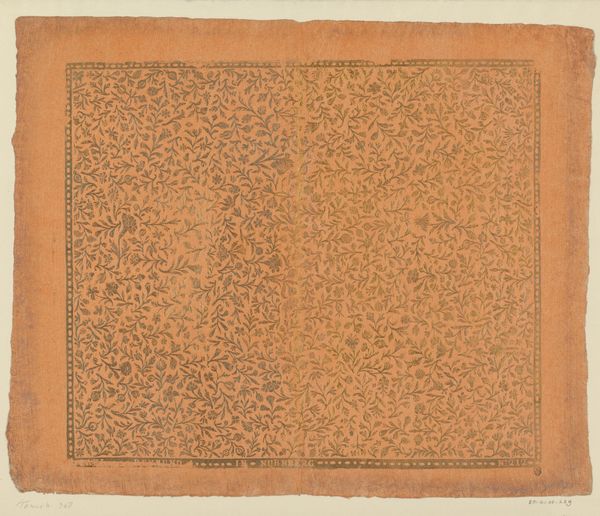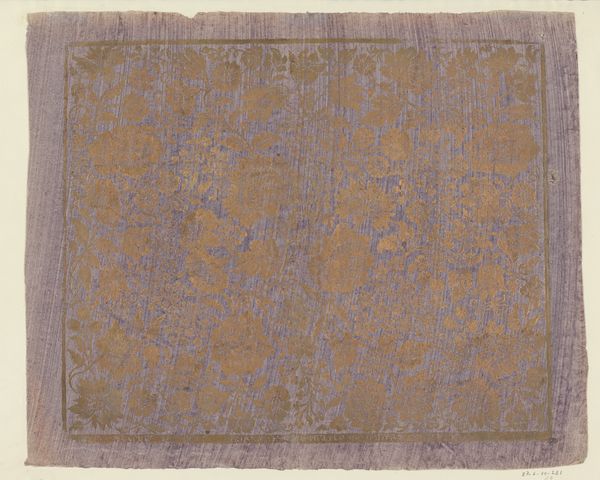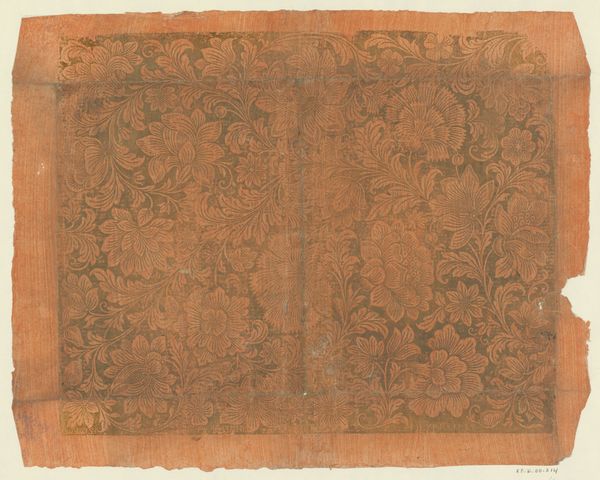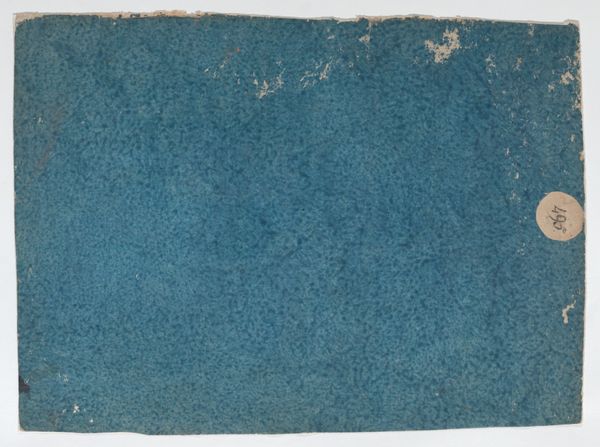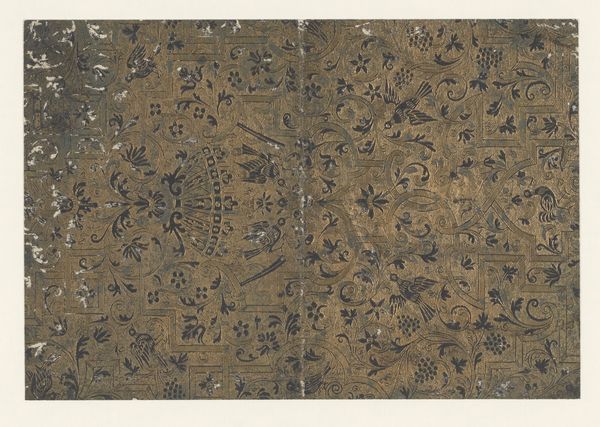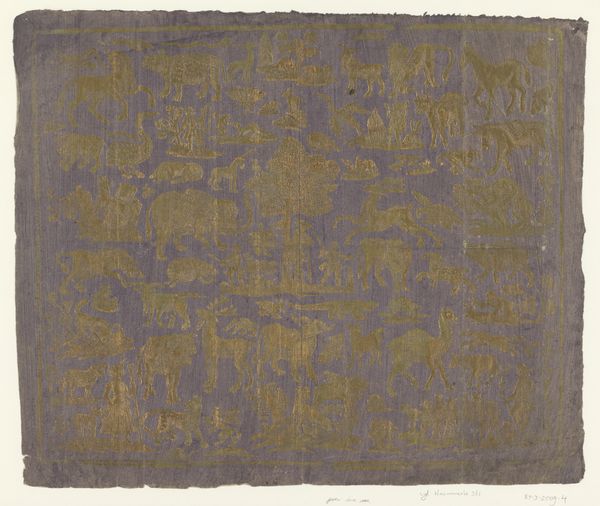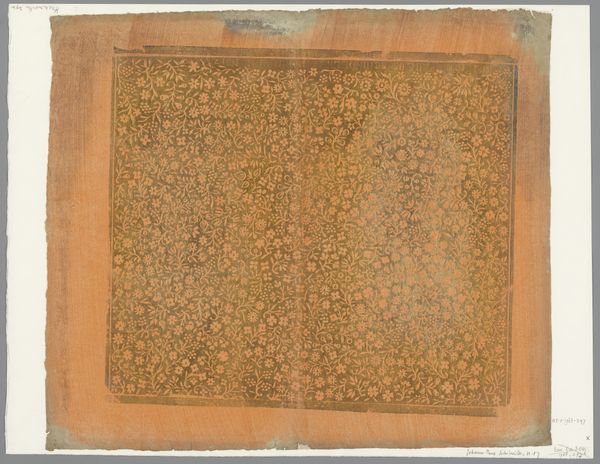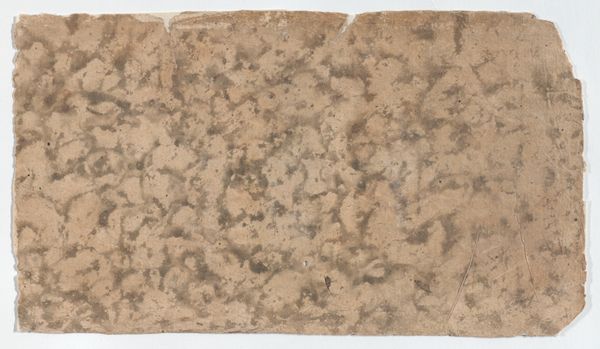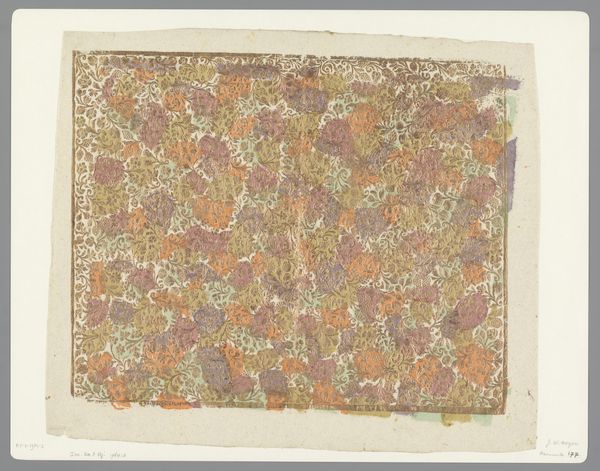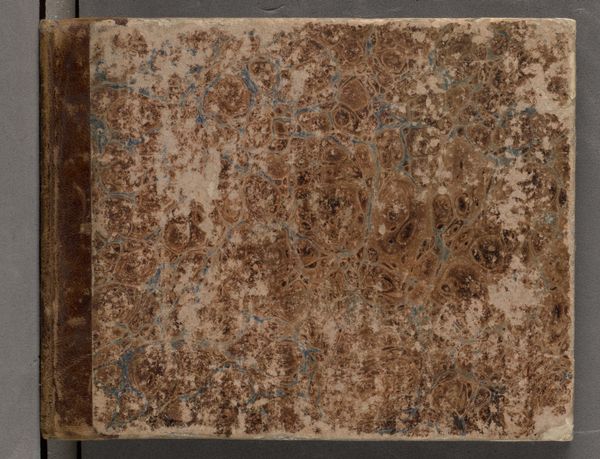
drawing, print, paper, watercolor
#
drawing
#
aged paper
#
toned paper
#
water colours
# print
#
paper
#
watercolor
#
romanticism
#
watercolor
Dimensions: height 316 mm, width 385 mm
Copyright: Rijks Museum: Open Domain
Editor: This is "Blad met losse takken met bloemen en vruchten," or "Sheet with separate branches with flowers and fruit," made between 1783 and 1815. It’s a watercolor on paper. I’m struck by the intricate detail; it’s almost like a botanical tapestry. How do you interpret this work within its historical context? Curator: I see it as an intervention against the burgeoning scientific rationalism of the late 18th and early 19th centuries. This period saw an increased pressure to categorize and dissect nature, yet here is an artist who seems to resist that impulse. This composition isn’t about scientific accuracy; rather, it's about celebrating the sensory experience of the natural world. Consider also the potential gendered context. Do you see this act of 'celebrating' nature as connected with a potentially feminine ideal of creativity and aesthetics at the time? Editor: That's fascinating! I hadn't thought about it as a form of resistance. The choice of watercolor, almost ephemeral, seems to reinforce that idea. It feels deliberately non-authoritative compared to the scientific illustrations of the time. Do you see any evidence of Romanticism, given the date? Curator: Absolutely. Romanticism valued emotion, intuition, and the power of nature over Enlightenment rationality. The density of the image pushes back against the notion of an empty canvas—instead embracing an intense layering which defies that logic. The question is, what statements were female artists, specifically, empowered to make at this historical moment, and how might this artwork offer insights into that? Editor: I see what you mean! It shifts my understanding from simply being a pretty floral design to a commentary on prevailing social and intellectual currents. Curator: Exactly. And recognizing that unlocks layers of meaning. Perhaps the sheet can now function as a lens through which we read the rise of feminism, even. Editor: This has been insightful, framing the artwork as part of something larger, challenging dominant ideologies. Curator: Indeed. Examining art as cultural intervention changes everything!
Comments
No comments
Be the first to comment and join the conversation on the ultimate creative platform.
